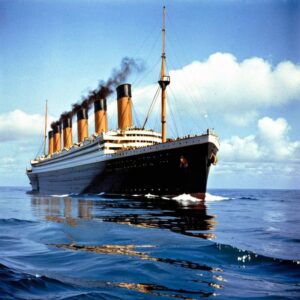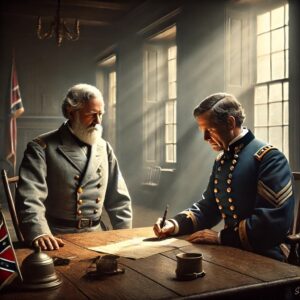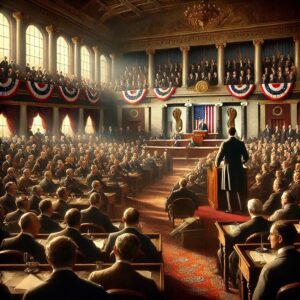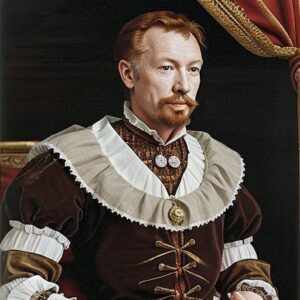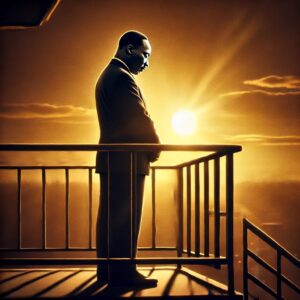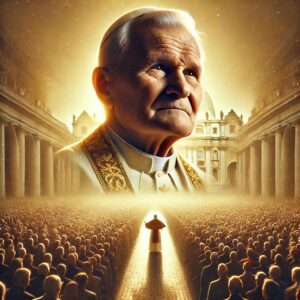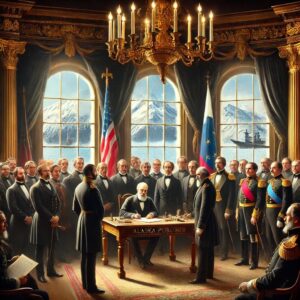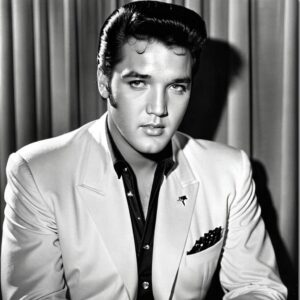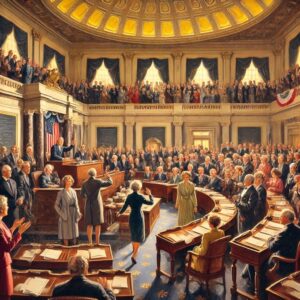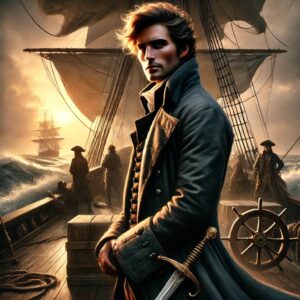On April 13, 1742, the city of Dublin witnessed a musical event that would echo through the ages. George Frideric Handel’s Messiah was performed for the first time, and little did anyone know that this masterpiece would become one of the most beloved choral works in history. The oratorio, featuring the now-iconic “Hallelujah” chorus, was met with overwhelming praise, setting the stage for its enduring legacy.
Handel, a German-born composer living in England, had faced struggles in the years leading up to Messiah. Opera was falling out of favor, and his career seemed uncertain. But in 1741, inspired and determined, he composed Messiah in just 24 days—an astonishing feat given its length and complexity. The work was unlike anything he had written before, combining deeply moving biblical texts with soaring melodies that captured the essence of faith, redemption, and triumph.
Dublin, a thriving cultural hub, was the perfect place for the premiere. The city’s elite and commoners alike eagerly attended the debut at Neal’s Music Hall. The performance was such a sensation that the demand for tickets was overwhelming. In fact, women were asked to wear dresses without hoops, and men were encouraged to leave their swords at home to make room for more audience members!
The debut of Messiah was not just a musical triumph but also a charitable event. The proceeds from the performance went to local charities, including hospitals and debtors’ prisons, helping those in need. This act of generosity added to the work’s spiritual significance, reinforcing its message of hope and compassion.
Although Messiah was initially intended for Lent, it eventually became a Christmas tradition, performed by choirs across the world. Its music continues to inspire, and the tradition of standing during the “Hallelujah” chorus—said to have started when King George II rose to his feet in admiration—remains a powerful moment in concerts to this day.
Handel’s Messiah is more than just a composition; it is a timeless expression of human emotion and divine inspiration. From that first performance in Dublin to the grand halls and churches of today, its legacy endures, filling hearts with the same wonder and joy that it did nearly three centuries ago.





